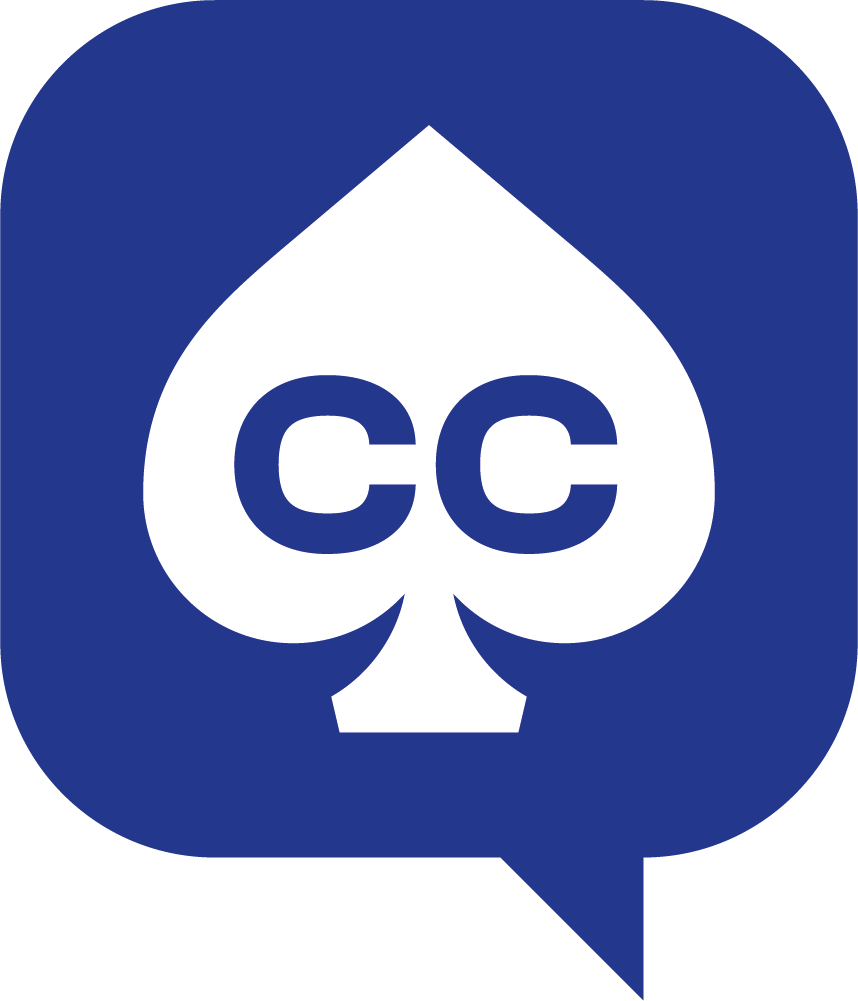DegenerateSheep
Enthusiast
Silver Level
- Game
- Hold'em
- Game Format
- No Limit
- Table Format
- MTT
- Buy-in
- 2.20
- Currency
- $
Came across this interesting hand in the 2.20 6-max today, where we flop TP after defending vs a BTN open, but I had a few doubts:
- Are we ever Check-raising Top pairs here, and if so is it higher kickers, or lower kickers?
- The river seems good to bluff catch on, as there's an overcard to the top pair, and all the FD's brick. Is my reasoning here correct?
If there are other thought about the line I took, I'm always interested in hearing it!
pokerstars, $1.96 + $0.24 - Hold'em No Limit - 50/100 (12 ante) - 5 players
Replay this hand on CardsChat
UTG: 3,717 (37 bb)
CO: 8,585 (86 bb)
BU: 3,093 (31 bb)
SB: 4,662 (47 bb)
BB (Hero): 13,795 (138 bb)
Pre-Flop: (210) Hero is BB with 8♣ 9♣
2 players fold, BTN raises to 200, 1 fold, Hero calls 100
Flop: (510) 9♥ 3♥ 2♣ (2 players)
Hero checks, BTN bets 168, Hero calls 168
Turn: (846) 6♠ (2 players)
Hero checks, BTN checks
River: (846) Q♦ (2 players)
Hero checks, BTN bets 846, Hero calls 846
- Are we ever Check-raising Top pairs here, and if so is it higher kickers, or lower kickers?
- The river seems good to bluff catch on, as there's an overcard to the top pair, and all the FD's brick. Is my reasoning here correct?
If there are other thought about the line I took, I'm always interested in hearing it!
pokerstars, $1.96 + $0.24 - Hold'em No Limit - 50/100 (12 ante) - 5 players
Replay this hand on CardsChat
UTG: 3,717 (37 bb)
CO: 8,585 (86 bb)
BU: 3,093 (31 bb)
SB: 4,662 (47 bb)
BB (Hero): 13,795 (138 bb)
Pre-Flop: (210) Hero is BB with 8♣ 9♣
2 players fold, BTN raises to 200, 1 fold, Hero calls 100
Flop: (510) 9♥ 3♥ 2♣ (2 players)
Hero checks, BTN bets 168, Hero calls 168
Turn: (846) 6♠ (2 players)
Hero checks, BTN checks
River: (846) Q♦ (2 players)
Hero checks, BTN bets 846, Hero calls 846
*** SHOW DOWN ***
josepinheirom: shows [6c Qc] (two pair, Queens and Sixes)
danfre1588: mucks hand
josepinheirom collected 2538 from pot
josepinheirom: shows [6c Qc] (two pair, Queens and Sixes)
danfre1588: mucks hand
josepinheirom collected 2538 from pot







